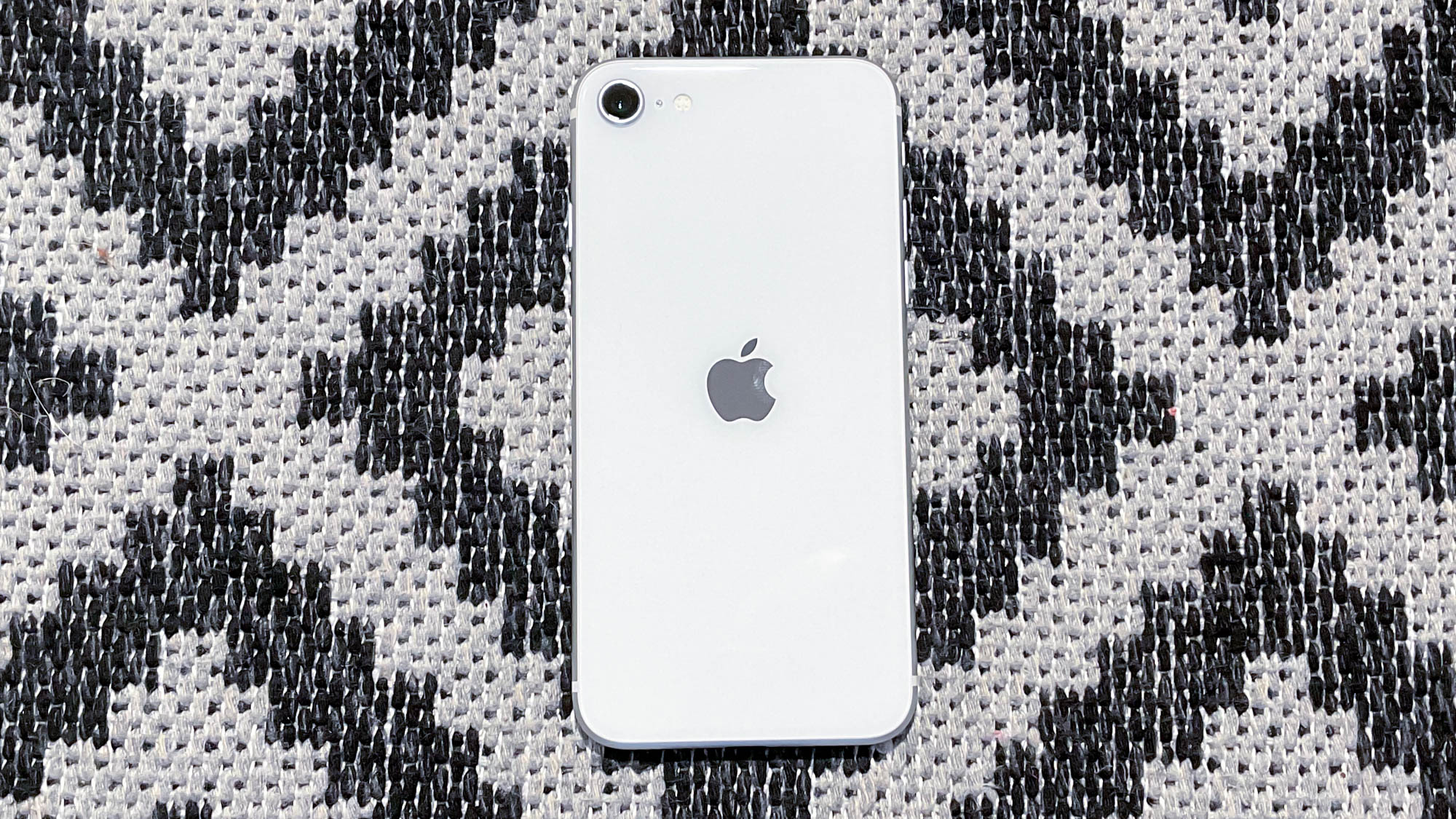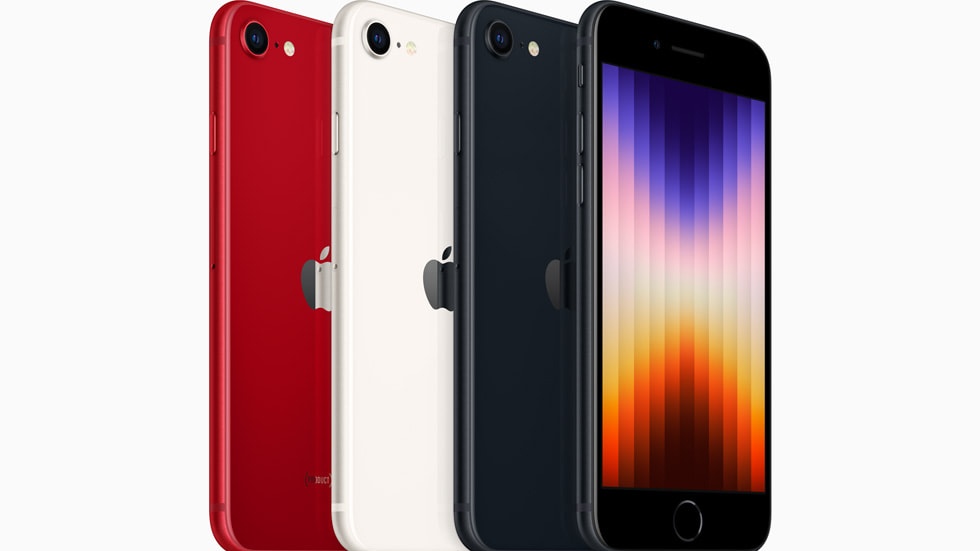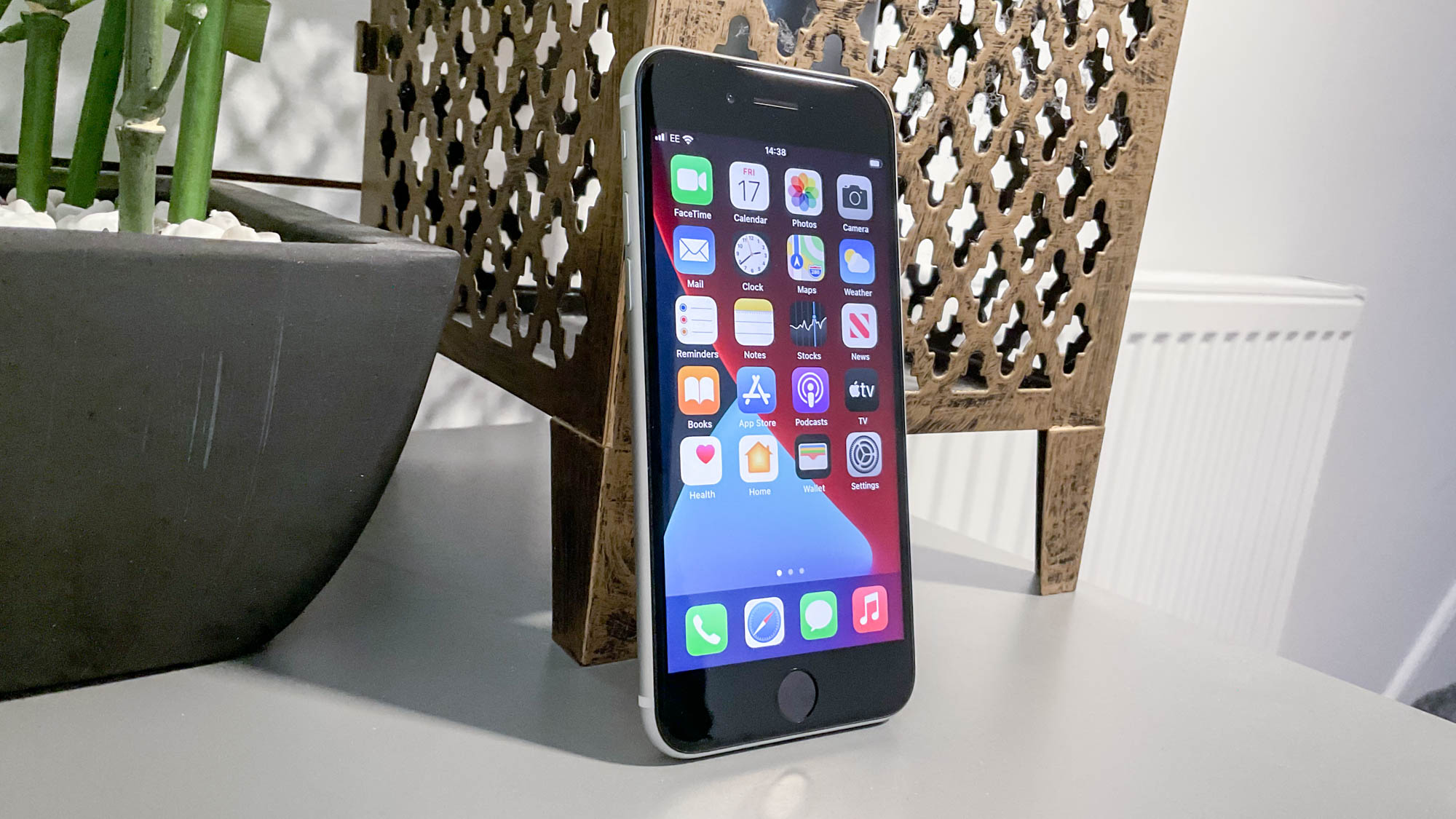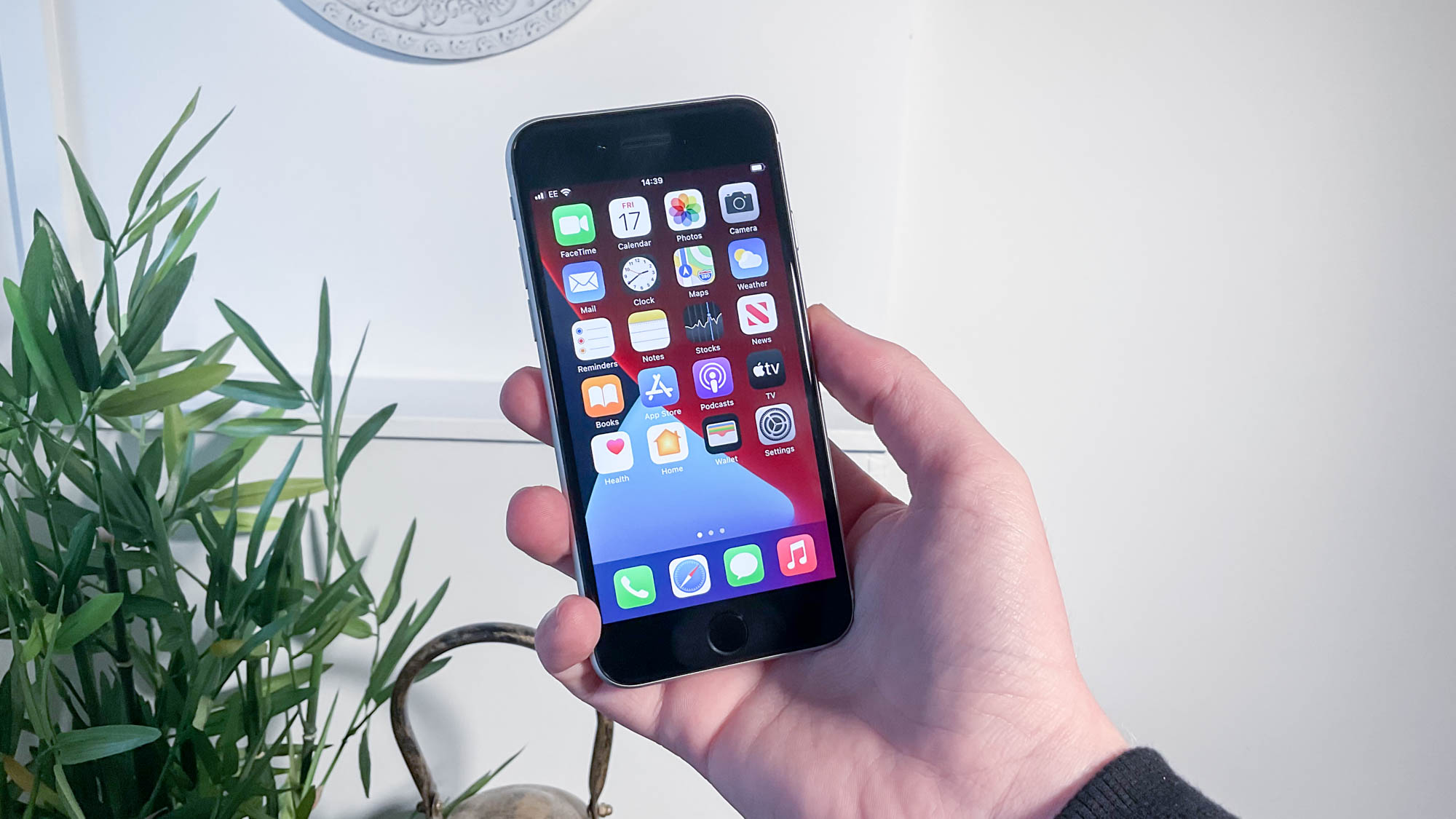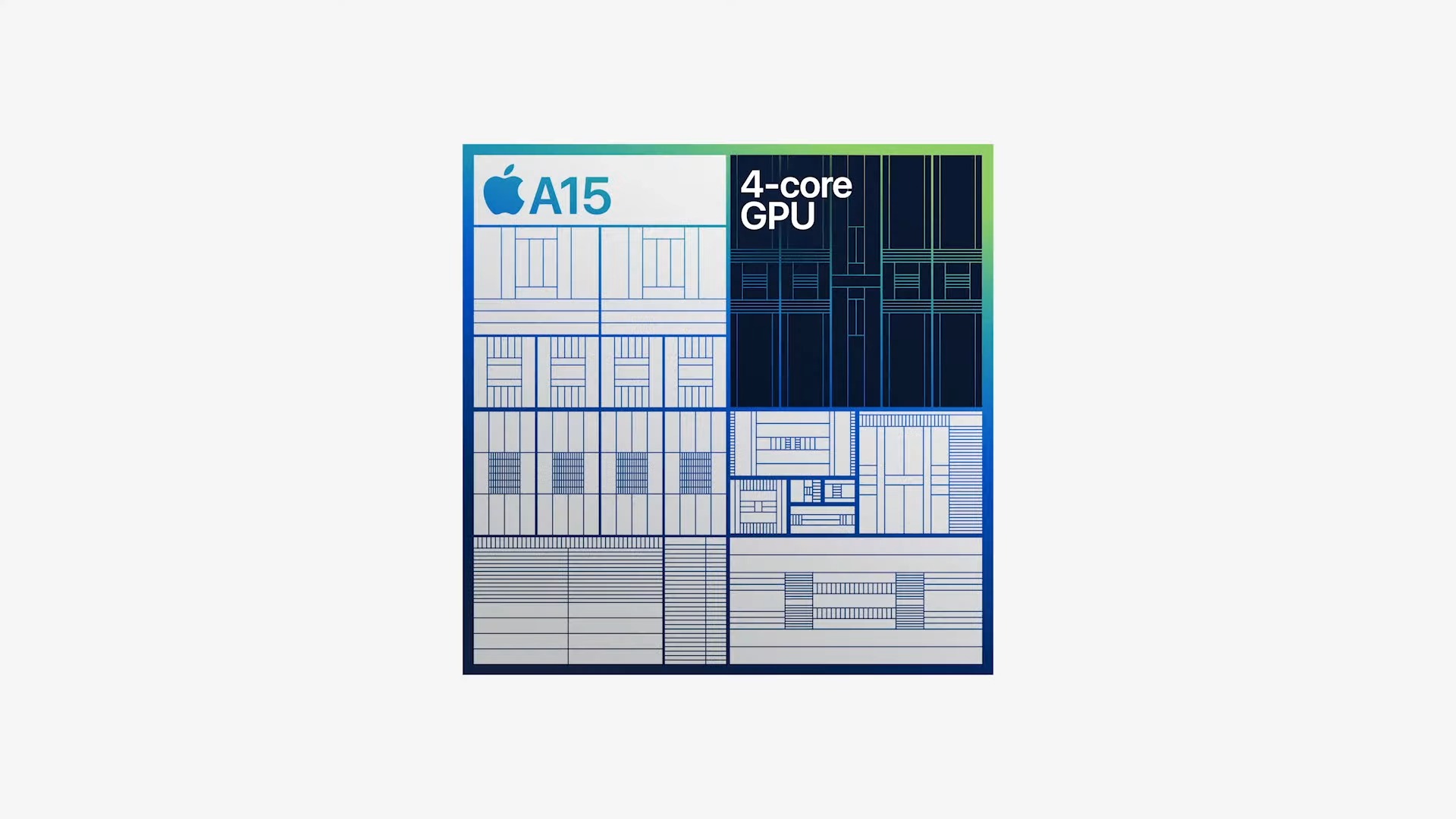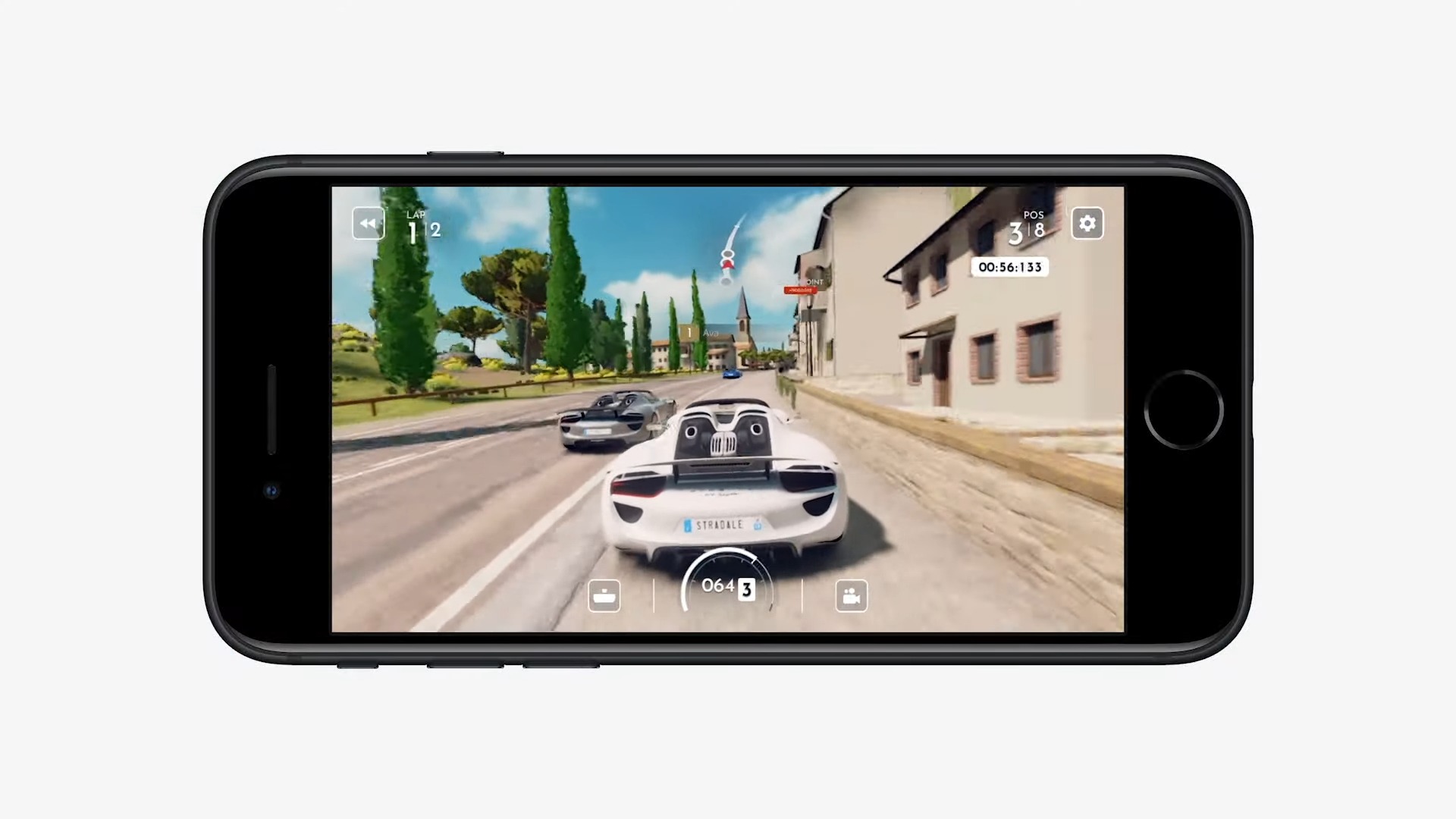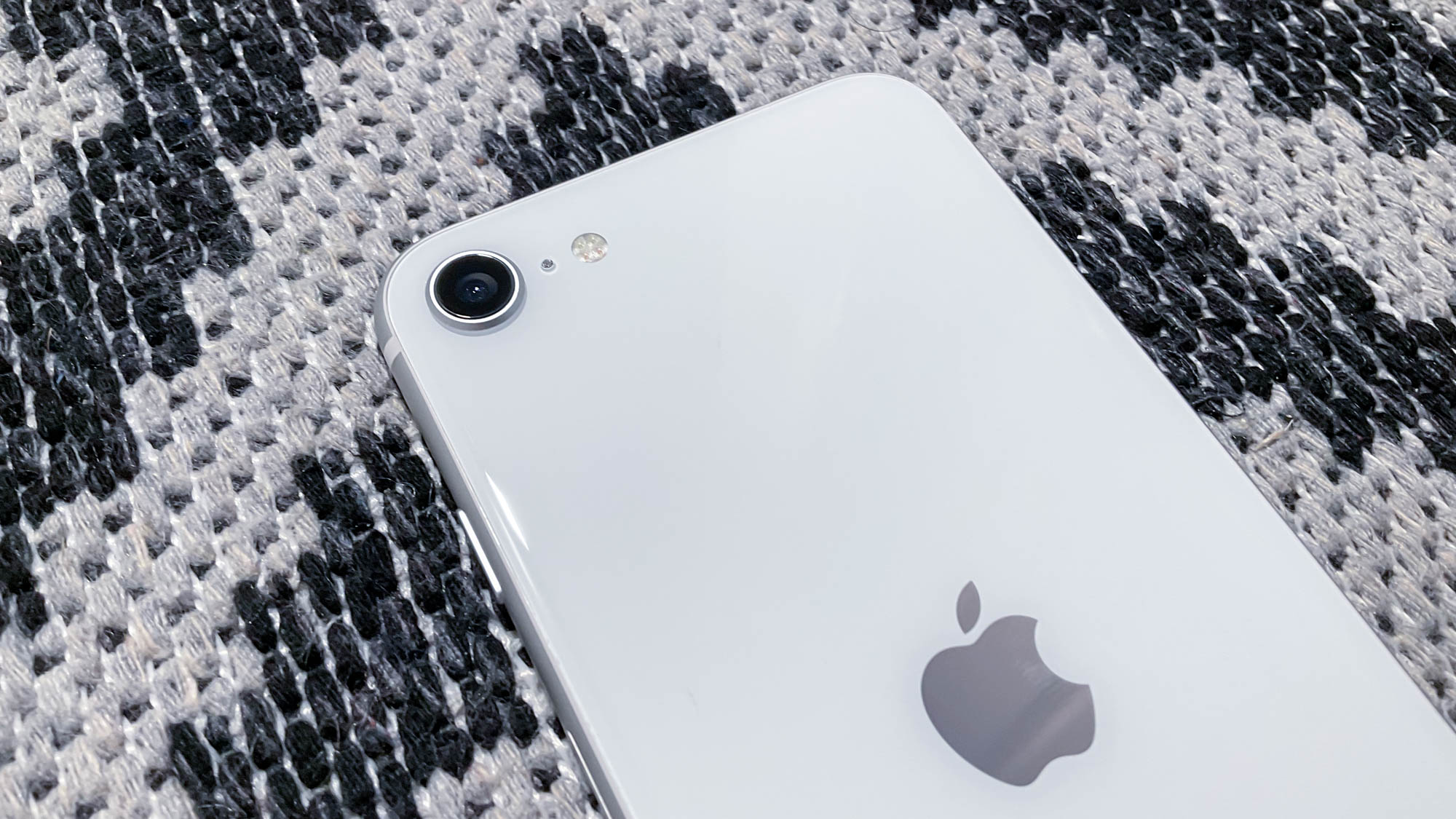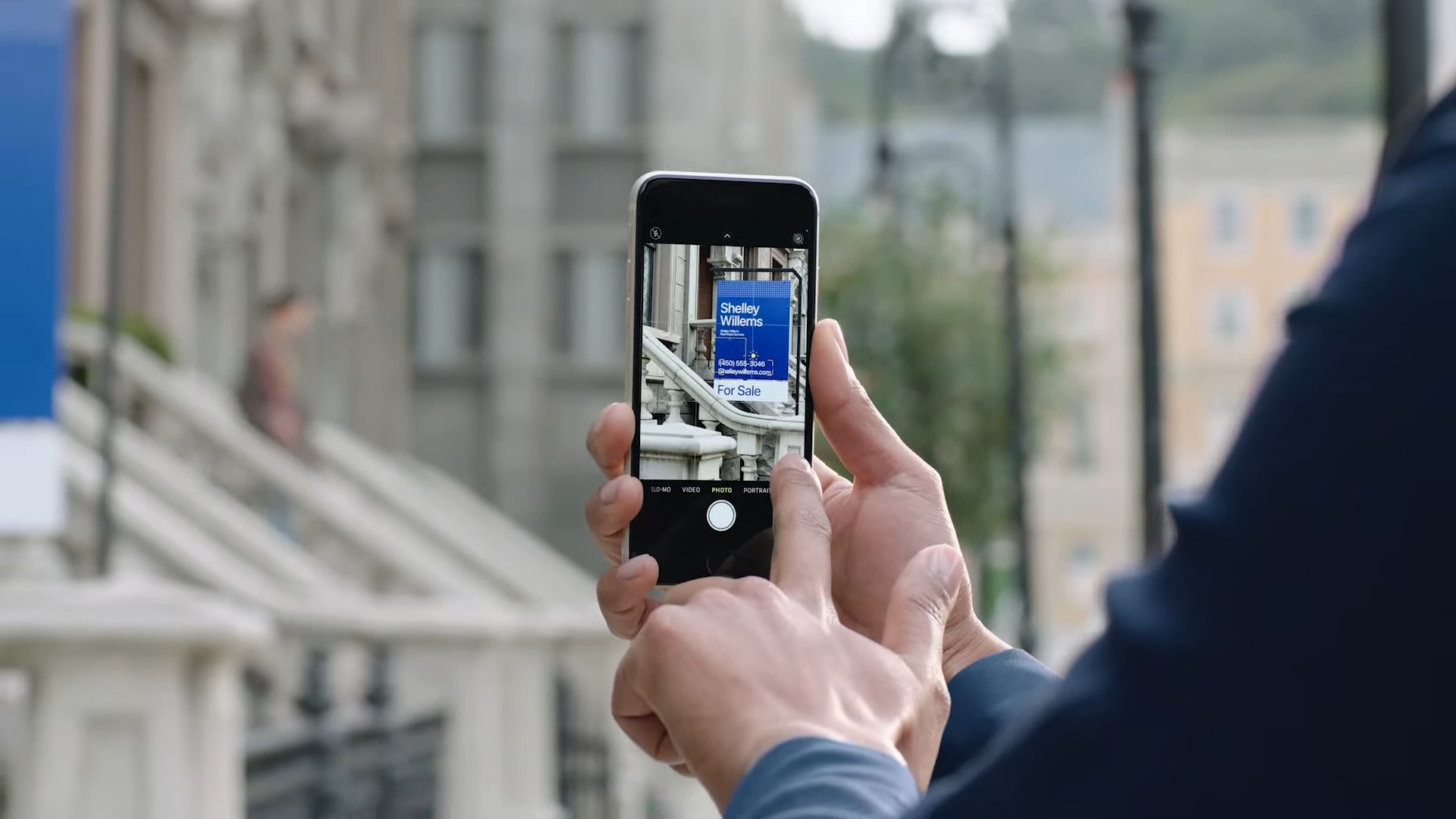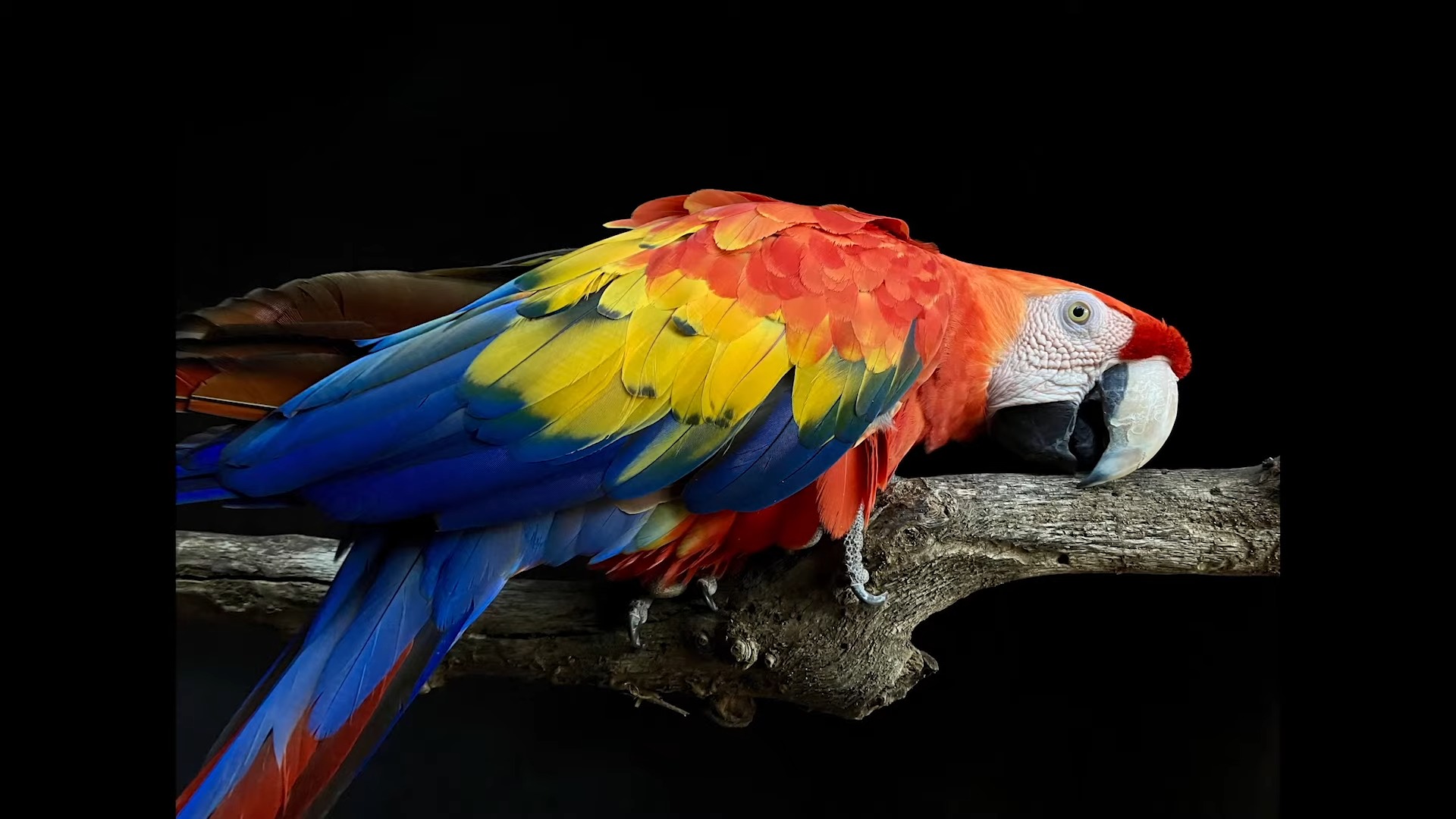iPhone SE (2022) vs iPhone SE (2020): How much of an upgrade is Apple’s budget smartphone?
iPhone SE 3 brings 5G connectivity and the speedy A15 Bionic — how does it compare to 2020’s iPhone SE?

Apple revealed its next-generation iPhone SE (2022) at its Peek Performance event, aiming to welcome more smartphone users into the Apple ecosystem at a more affordable price. “But it looks exactly the same as the previous SE model, how much of an upgrade could it be?” I hear many ask. It’s time to take a look at the real differences between the new iPhone SE 3 and its predecessor: the iPhone SE (2020).
Not only is Apple’s new iPhone SE design identical to 2020’s model, it’s the very same design used in 2017’s iPhone 8. That’s not an issue for most (including this writer), as the Home button with Touch ID is still an in-demand feature. But with a matching form factor and running the same iOS 15, along with Apple’s incredible software support, what’s stopping iPhone newcomers from picking up the even more affordable iPhone SE (2020) instead? What’s more, should current SE owners bother with an upgrade?
- Where to pre-order the iPhone SE
- Best budget phones in 2022
- Best phone deals in 2022
We have yet to get our hands on the iPhone SE (2022), but the upgrades have been laid out clearly. Not only is the new model equipped with an A15 processor (the same as the iPhone 13), but it also boasts 5G connectivity, enhanced battery life, Smart HDR 4 for better photography, and more. Not bad for a budget iPhone upgrade, despite it being pricier when compared to the $399/£389 launch price of the iPhone SE (2020). The iPhone SE 3 is clearly the better phone, but is it a worthy investment? Let’s break it down.
iPhone SE (2022) vs iPhone SE (2020): Specs
| Row 0 - Cell 0 | iPhone SE (2022) | iPhone SE (2020) |
| Price | $429/£419 | $399/£389 |
| Display | 4.7 inches Retina LCD (1334 x 750) | 4.7 inches Retina LCD (1334 x 750) |
| Processor | Apple A15 Bionic | Apple A13 Bionic |
| RAM | 4GB (alleged) | 3GB |
| Storage | 64GB, 128GB, 256GB | 64GB, 128GB, 256GB |
| Rear camera | 12MP f/1.8 wide-angle | 12MP f/1.8 wide-angle |
| Front camera | 7MP f/2.2 | 7MP f/2.2 |
| Battley Life (hh:mm) | N/A | 9:18 |
| Dimensions | 5.45 x 2.65 x 0.29 inches | 5.45 x 2.65 x 0.29 inches |
| Weight | 5.09 ounces | 5.22 ounces |
| Colors | Midnight Black, Starlight White, (PRODUCT)RED | Midnight Black, Starlight White, (PRODUCT)RED |
iPhone SE (2022) vs iPhone SE (2020): Price
The iPhone SE (2022) is priced from $429/£419, which is a $30/£30 price hike when compared to the $399/£389 iPhone SE (2020). Apple has a habit of keeping prices the same with each new generation of device, so it’s disappointing to see the spike in price. It’s understandable, however, the A15 and 5G upgrades warrant a higher price tag. Still, a smartphone above the $400/£400 mark doesn’t have the same “budget” ring to it, especially since many of the best budget smartphones with 5G can be found for under $350.
This brings up the case for an even cheaper iPhone SE (2020). Prior to the new models reveal, we talked about why Apple should deliver a $199 SE model, as it would entice newcomers to the iOS ecosystem. While we have yet to see a price drop, there are plenty of third-party retailers selling the iPhone SE (2020) for around the $250 mark. With the launch of the new model, that price is sure to drop even more, making the last-gen SE model a worthwhile purchase while you can find it. Still, it’s not packed with Apple’s latest features, and the iPhone SE 3 is sure to last significantly longer.
iPhone SE (2022) vs iPhone SE (2020): Design
Draw.
Look, it’s hard to elaborate on the differences between two devices that sport the exact same form factor. Same Home button with Touch ID and side buttons? Check. Same three color variations including Midnight Black, Starlight White and (PRODUCT)RED? Tick. Same 5.45 x 2.65 x 0.29 inch dimensions and 5.22 ounce- hold on. What’s this? It turns out the claimed 5.09-ounce weight of the iPhone SE (2022) is slightly lighter than the 5.22-ounce iPhone SE (2020).
The iPhone SE is already lightweight, so the weight difference won’t be noticeable when in hand. Also, we have yet to weigh the smartphone ourselves, so we’ll come back to this. The iPhone SE 3 also boasts Apple’s “toughest glass” on the front and back, but that’s not the Ceramic Shield that’s found on the latest iPhone models. The last-gen iPhone SE also had glass on the front and back, so it’s hard to know the real differences here.
Still, both models are identical, meaning you’re getting the same jaded design of pre-iPhone X smartphones. If you enjoy a small form factor and aren’t fussed about large bezels, then both iPhone SE models are right up your alley. If you are turned off by the bezels the iPhone 13 mini (5.18 x 2.53 x 0.3-inches, 4.97 ounces) is smaller and lighter than either of them with a larger 5.4-inch display, but that $270 price gap is a big leap.
Sign up to receive The Snapshot, a free special dispatch from Laptop Mag, in your inbox.
iPhone SE (2022) vs iPhone SE (2020): Display
Draw, again. Kind of.
Both iPhone SE models are equipped with a 4.7-inch Retina LCD (1334 x 750) display, which is tiny compared to virtually every smartphone on the market: flagship or not. Plus, the large bezels at the top and bottom of the display only make it seem smaller, and owners will be stuck with a 60Hz refresh rate. However, for those that only use their smartphone for messaging or scrolling through news feeds or social media, the display does an adequate job of delivering relatively bright and smooth images.
While the displays are alike, Apple put an emphasis on its A15 Bionic bringing “smooth graphics performance” and photography features that make each photo “look fabulous.” This means apps, gaming and pictures should look better on the iPhone SE (2022)’s display, but that’s more to do with performance than anything else.
We would have liked to see Apple upgrade the screen in some way. But, you know, if it ain’t broke…
iPhone SE (2022) vs iPhone SE (2020): Performance
This is where things get interesting. Not only are we getting the blazing fast performance of the iPhone 13, but the iPhone SE (2022) also has the added advantage of 5G connectivity. With an A15 Bionic, a six-core CPU, four-core GPU and a 16-core Neural Engine (excellent for machine-learning, AI and computational photography), this budget iPhone slays every other smartphone chip on the market. Now that’s good value.
To put that into perspective, the iPhone 13’s Geekbench 5 test gave us a mind-blowing result of 4,436. That beats the Samsung Galaxy S22 (Snapdragon 8 Gen 1, 3,341), OnePlus 9 (Snapdragon 888, 3,618), and Pixel 6 Pro (Google Tensor, 2,760). Compared to the iPhone SE (2020), which sports the same A13 Bionic as the iPhone 11, the SE 3 blazes past its Geekbench score of 3,251.
Don’t get us wrong, the A13 Bionic is still a powerhouse today, and there are no number of Google Chrome tabs, apps, picture-in-picture video or games that will slow it down. But the A15 Bionic offers all of that and then some — effectively futureproofing the iPhone SE (2022) for years to come. That’s not all, as the A15 Bionic brings a bunch of features and upgrades to make the new SE model shine. That includes advanced photography features, performance efficiency for better battery life, and better performance overall.
While Apple hasn’t officially announced it, developer Moritz Sternemann (via MacRumors) has spotted that the new SE model boasts 4GB of RAM, which is more than the 3GB of RAM found in the iPhone SE (2020). This means even more apps and pages can remain active in the background and you can also expect speedier photo and video editing capabilities. That, and whatever major iOS update Apple has down the line, the SE 3 can handle it just as well as it’s pricier counterparts.
The A15 Bionic and 5G capabilities alone are the real reasons to go for the iPhone SE (2022) over its predecessor. On the other hand, those opting for the SE model may not be looking to bring out the full potential of what the A15 Bionic can do, meaning the A13 Bionic is more than enough. Still, having that potential power lying in wait until you may need it is always a handy advantage.
iPhone SE (2022) vs iPhone SE (2020): Battery life and charging
Thanks to the A15 Bionic and an ”enhanced battery”, the iPhone SE (2022) claims to have significantly better battery life when compared to the iPhone SE (2020). To be precise, the built-in rechargeable lithium-ion battery has up to two hours more video playback than the previous gen, with up to 15 hours of video playback, up to 10 hours of streamed video playback, and up to 50 hours of audio playback.
We tested the iPhone SE (2020)’s battery, and found it lasts an average of 9 hours and 18 minutes. This beats nearly all of the iPhone 12 models' battery (except for the iPhone 12 Pro Max), but it still takes a while to charge when compared to other smartphones on the market. With the new SE 3, Apple states it can charge up to 50% in 30 minutes with a 20W adapter.
As an owner of the iPhone SE (2020), I can still get a full day of battery life without needing to plug it in. Since we don’t have real-world tests of the latest model, we’re excited to see how it measures up against the previous SE model.
iPhone SE (2022) vs iPhone SE (2020): Cameras
The camera on the iPhone SE was never a selling point, and with the same 12MP f/1.8 wide-angle rear camera and 7MP f/2.2 front camera as the iPhone SE (2020), the iPhone SE 3 doesn’t seem like taking pictures or capturing video will get any better, right? Well, you’d be wrong, as the new SE model comes with advanced photography features absent in the last-gen model.
The iPhone SE (2022) comes with Smart HDR 4, which automatically refines the contrast, lighting and skin tones for up to four people in a picture; Deep Fusion, which was introduced in the iPhone 11 that can capture subtle details and textures in mid to low light settings; and Photographic Styles, brought in with the iPhone 13 that lets users choose a style like Warm or Cool while keeping everything else look natural.
Pictures taken on the iPhone SE (2020) don’t necessarily look bad, but the added AI features on the iPhone SE 3 aim to make those snaps pop. Apart from this, you’ll still have a 3x digital zoom, cinematic video and auto image stabilisation, and the ability to record videos at up to 4K 60 fps. There still isn’t any Night mode, and don’t expect the rich pictures taken on the latest iPhone models, but it’s a reasonable upgrade nonetheless.
iPhone SE (2022) vs iPhone SE (2020): Software
We’re back to being identical. With iOS 15, both SE models benefit from all the neat features Apple brings to the table. The update is available to users who still have the iPhone 6s (2015) or above, which only shows how long you can keep hold of an iPhone before considering upgrading.
However, with every annual update, previous generations are known to suffer from slowdowns and miss out on some of the new features. Apple’s nifty tricks such as SharePlay or dragging and dropping between apps takes a toll on older processors, which means everything from battery life to processing power can suffer. This generally won’t be an issue for the A13 and A15 Bionic for years to come, but the iPhone SE (2022) has an edge over the iPhone SE (2020) for having a better processor and the aforementioned 4GB of RAM. All in all, it can keep up with the big chiefs for longer.
Outlook
Without even having the iPhone SE (2022) in our hands, it’s clear that it’s the better smartphone. The A15 Bionic, 5G connectivity, enhanced battery life claims and upgraded camera capabilities are enviable specs on most smartphones, making the iPhone SE (2020) feel outdated by comparison.
But being the better smartphone is obvious. With the eventual gap in price thanks to third-party sellers and refurbishers, the iPhone SE (2020) can still pull its weight as a commendable smartphone purchase. In 2022, the A13 Bionic remains a respected processor that other smartphones are still catching up with, and it still has the advantages Apple brings with each iOS update.
For newcomers that want the Apple ecosystem treatment on a budget, the iPhone SE (2022) is a convenient entry point that will last them for years to come. As for iPhone SE (2020) owners, along with those looking for 5G and to make the most out of their iPhone, you might want to consider trading in and upgrading to the iPhone 13 mini instead. The mini is a more satisfying upgrade, keeping the same small form factor as the SE model but with a better display, cameras and battery life.
We can’t wait to get our hands on the iPhone SE (2022), so stay tuned for an upcoming review. In the meantime, check out our iPhone 13 mini long-term review to find out if the $699/£679 price is worth the upgrade.

Darragh Murphy is fascinated by all things bizarre, which usually leads to assorted coverage varying from washing machines designed for AirPods to the mischievous world of cyberattacks. Whether it's connecting Scar from The Lion King to two-factor authentication or turning his love for gadgets into a fabricated rap battle from 8 Mile, he believes there’s always a quirky spin to be made. With a Master’s degree in Magazine Journalism from The University of Sheffield, along with short stints at Kerrang! and Exposed Magazine, Darragh started his career writing about the tech industry at Time Out Dubai and ShortList Dubai, covering everything from the latest iPhone models and Huawei laptops to massive Esports events in the Middle East. Now, he can be found proudly diving into gaming, gadgets, and letting readers know the joys of docking stations for Laptop Mag.
